Do you love cycling, or are you looking for a way to exercise your super active pooch?
Cycling with a dog is a great way to keep fit and exercise your dog in one quick hit, particularly if your dog has lots of energy.
But before you grab the dog lead and bike and head out the gate, there are a few questions you should ask yourself…
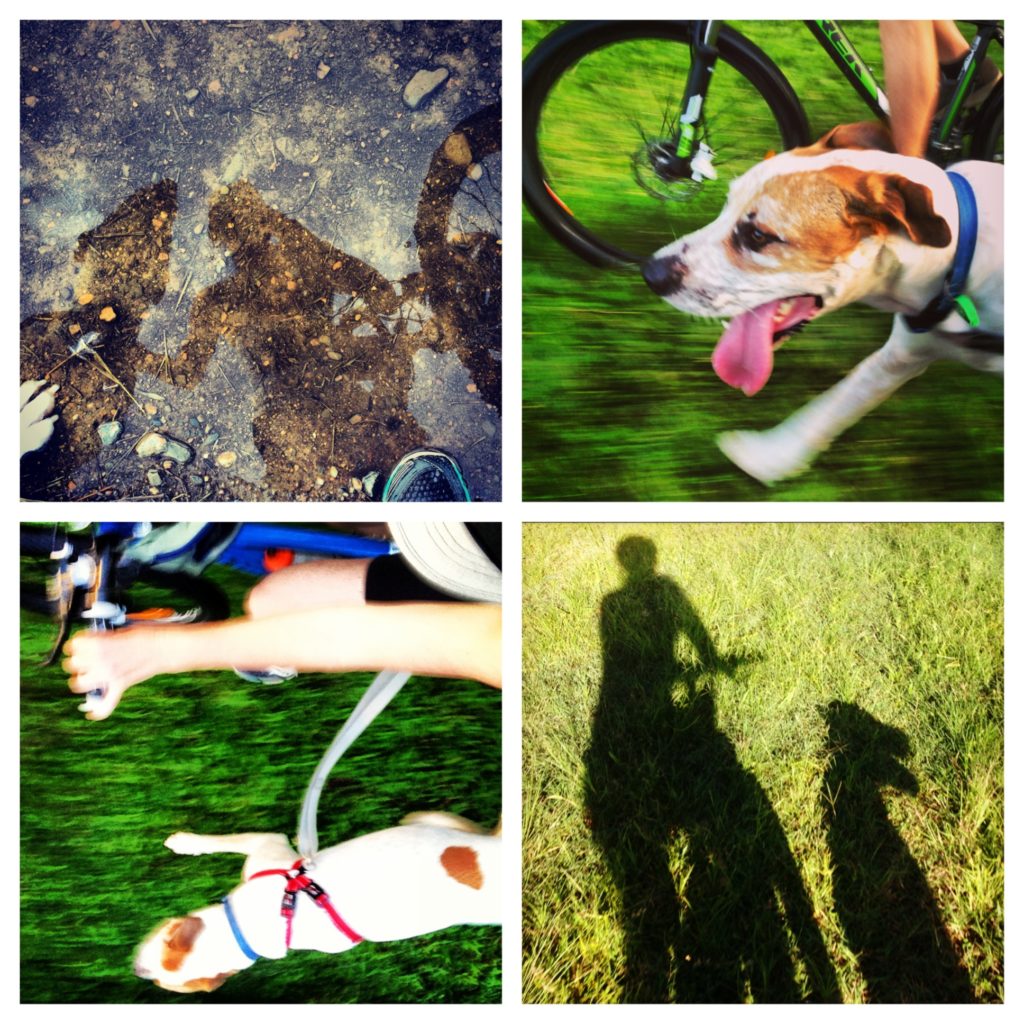
Important questions you must ask yourself before cycling with a dog
First I wanted to cover important questions you should ask yourself before even attempting to cycle with your dog. Later in this article I’ll discuss how to cycle with your dog, but the reason that part is later is because I think it’s important you get as clued up as possible (for the safety of both you and your dog)!
How healthy is my dog?
Cycling with a dog can be an intense workout, so you need to think whether they’re up to it. Do you think your dog is fit enough to jog along beside you for an extended period?
If in doubt get your dog checked over by your local vet.
I suggest short bike rides initially. This allows you and your dog to become comfortable with the exercise, and also to get your dog to enjoy the experience without it becoming gruelling.
Your dog may wish to gallop, but a slow trot is best and will reduce the risk of your dog overheating.
Obviously this is not an exercise you should attempt during hot Aussie summer days, so use common sense and only cycle with your dog when it’s cool enough.
How emotionally mature is my dog?
Can your dog understand basic commands?
If they can’t (or refuse to), then it’s probably best to leave the bike at home and take them off on a leash instead.
It’s important for you to have some control over your dog whilst they’re running beside you, and I would advise waiting until your dog is at least a year old before you even attempt cycling with them.
I often saw a local cycling around the suburb with his young Border Collie (off-leash), and then for many months would see him on his bike or in a park but never again with the dog. I know it’s a sad story to add to this article about cycling with your dog, but it’s important you keep your dog’s safety in mind at all times.
Each dog is different though – I had to wait until my dog reached 3!
It’s essential your dog knows basic commands and that they will keep moving when you’re riding a bike with them. Sudden stops can cause all sorts of problems.
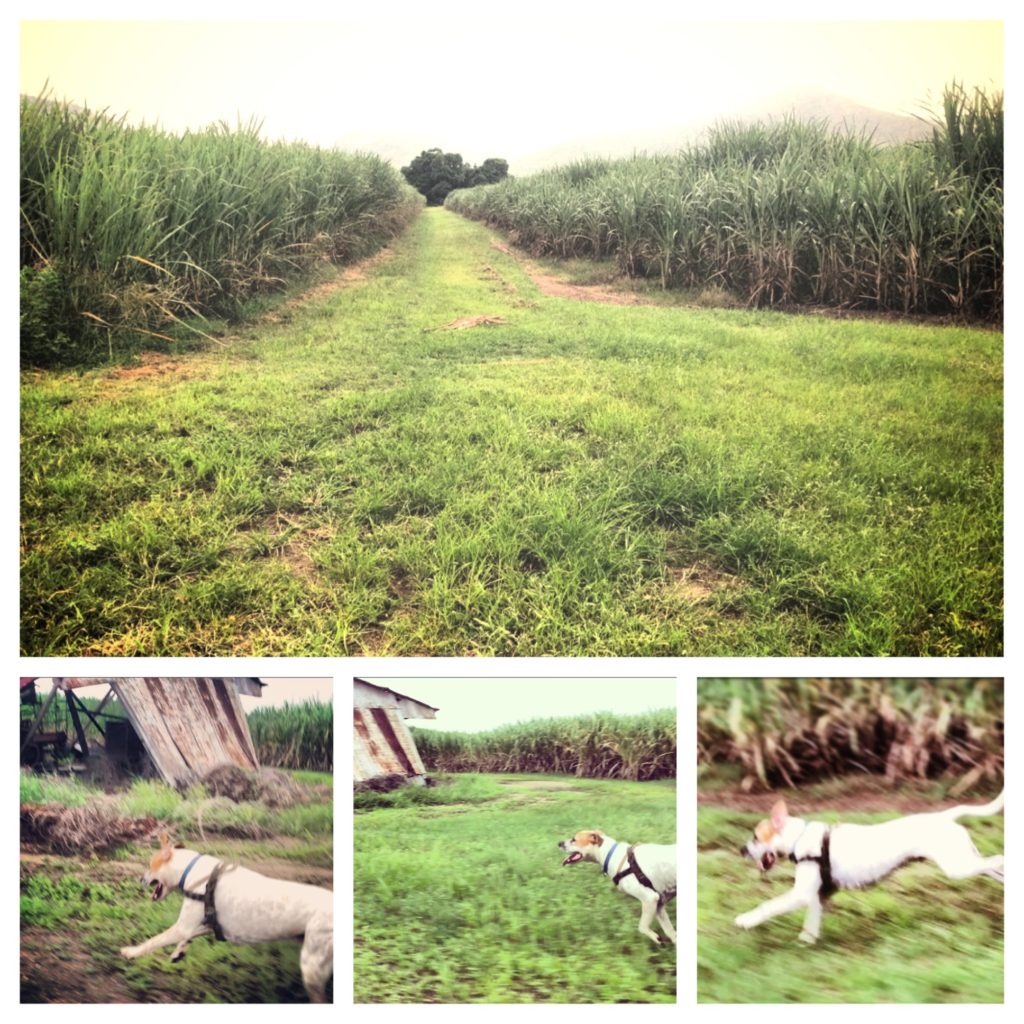
Have I got the right gear?
A harness and a strong, solid lead are your minimum requirements (after the dog and bike of course). If your dog pulls constantly on a neck collar it will cause them excessive discomfort.
A harness around the dog’s body will help transfer the weight better, so it’s well worth you investing in a good one.
The lead should be the non-extending variety and should be attached to the bike at a secure point – preferably around your bike’s centre of gravity (I find just under the seat works best for me).
If you’re not keen to tie your dog off to the bike then consider a specialised bike attachment which allows for quick release.
Is cycling with a dog safe?
When cycling with your dog it helps if you’re a confident cyclist. If you take precautions, and if you’re confident your dog is responsible enough, then yes cycling with your dog is safe.
Be prepared (like a Boy Scout) and ensure you and your bike are ready for the road trip:
Gears – check, tyres – check, brakes – check, safety helmet – check!
Keep your dog on the side that is away from traffic – if your dog pulls then it should take you away from the road, not into it.
Also, make sure you keep your dog away from the front of your bike.
Do not attempt to ride with the dog’s leash in your hand – a dog can easily float in front of your wheel or pull your handlebars in the wrong direction. This is an accident waiting to happen!
Finally, cycle where there’s the least amount of traffic or choose a time when it’s not peak hour.
I do a quick suburban hop during the early morning hours to some fields nearby where my dog can run freely beside me. This way he gets the opportunity to put his head down for a sniff or too. It also gives us both a chance to set our own pace whilst out exercising together.
Cycling with a dog like a PRO!
Above I’ve covered the most important aspects of cycling with your dog, so let’s get into the nitty gritty if you’re still craving more hints and tips!
Use the right harness
Because your dog may pull at some stage during your bike ride it’s important to use a harness instead of a neck collar for attachment.
This way weight can be distributed more evenly and the leash will sit in a better position for cycling purposes (towards the back of the dog rather than near its neckline).
I prefer the EzyDog Quickfit harness because of the way the attachment ring allows the leash to move to either side without pulling the whole harness over to one side. I’ve found this often happens with other styles of harnesses.
Here’s a pic:
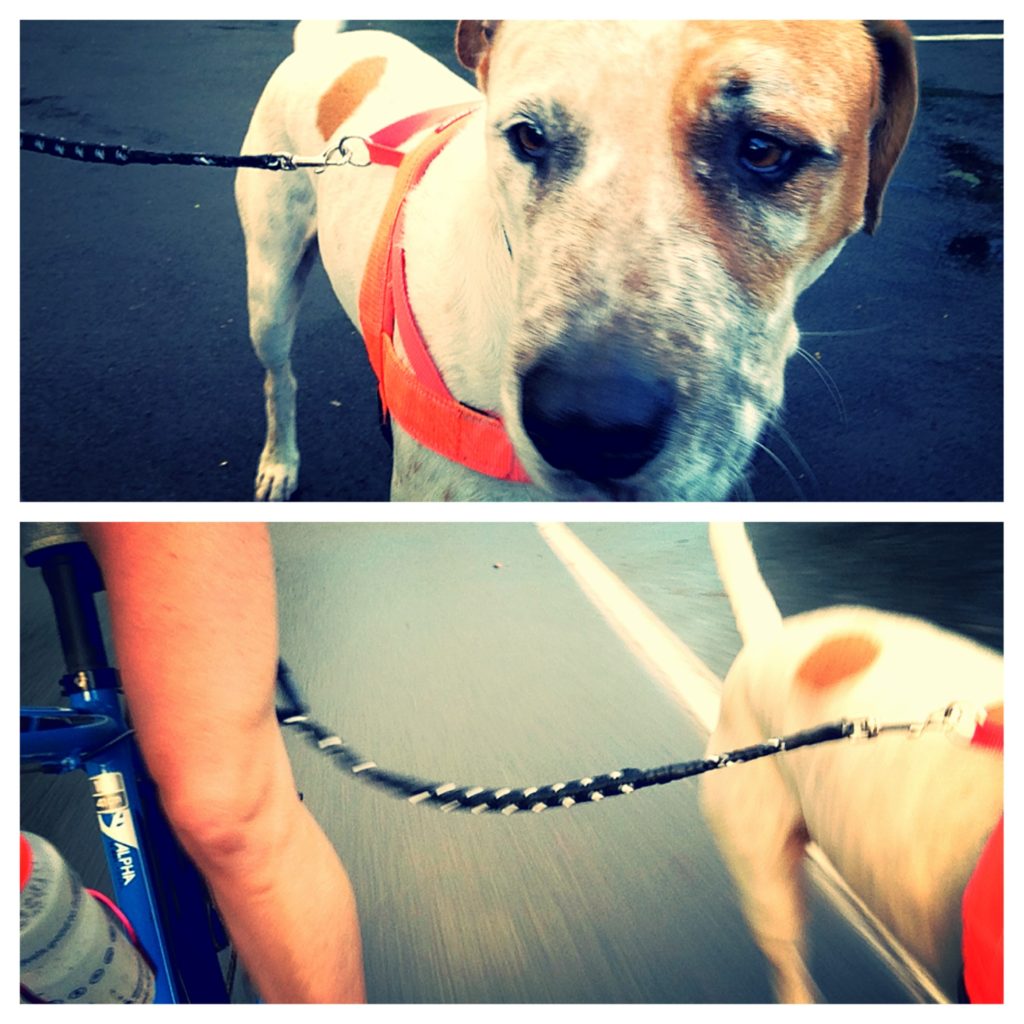
Use the right leash
For the leash I use another EzyDog accessory – the Zero Shock Leash and attach it to the harness and bike.
This leash is good because although it is a standard length it has shock absorbing ability which allows for a little bit of give (but not too much) when the dog does pull.
A short leash is preferable as this stops the dog drifting too far ahead and in the way of your front bike tyre.
The leash still needs to be long enough for the dog to run confidently beside the bike without getting in the way of your bicycle’s actions.
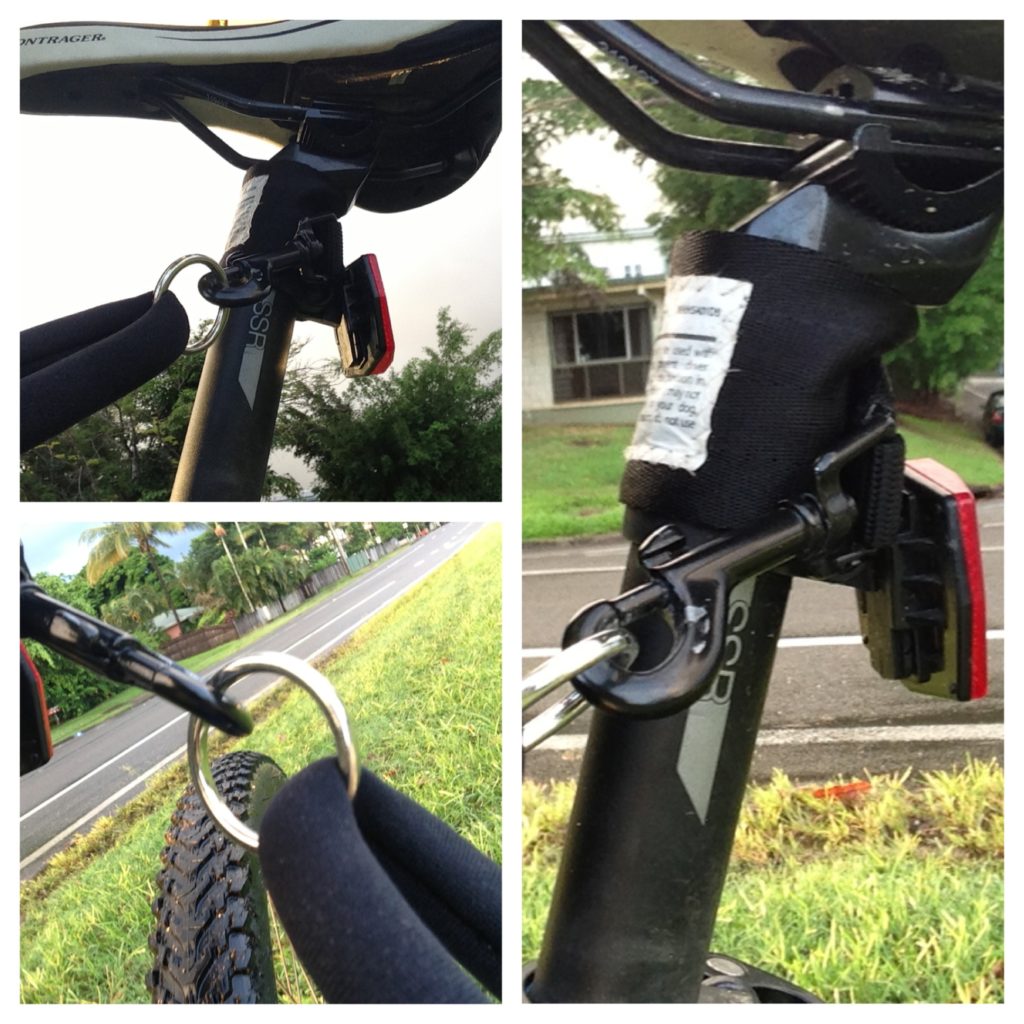
I’ve learnt that the best place to attach the leash is underneath my bike seat.
This appears to be the closest to my centre of gravity and enables me to maintain balance if my dog pulls or does anything unusual.
To attach the leash onto the bike I use another EzyDog accessory – the car restraint (seatbelt clip).
By taking my bike’s seat off I slip the belt part onto my seat post and make it sit above my rear reflector (see pic above).
You need to keep this part high on the seat post because if the attachment slips down the leash can become entangled with the back tyre – you definitely don’t want that to happen!
My leg and body remain in front of the leash once attached. I find that my leg acts as a brace if my dog pulls and keeps my dog enough distance away from my bike.
Dos and Don’ts
(Yes, I checked that was the correct use of apostrophes in dos and don’ts, as I was so tempted to write do’s!)
Before you head off to cycle with your dog, here are some final considerations:
Do not attempt to bike with your dog’s leash in your hand.
If you’re not willing to attach the lead to your bike then do some more research and buy a specialised attachment which will detach in emergency. There are plenty out there on the market these days.
Another thing I’ve learnt is it’s important people notice that you’re cycling with a dog attached.
Keeping your dog to one side away from the traffic is important but also ensure your dog is wearing a bright coloured lead or harness to alert everyone of his presence.
How to cycle with a dog
Got everything ready and going for a bike ride with your dog?
I hope you’ve read all the above, and you’re all clued up on whether cycling with your dog is a good idea, you have the right gear, and you’re good to go.
From cycling with my own dog I’ll leave you with my best advice. I really hope this information has helped, and if it has all I ask is you share it with others (or your local cycling group Facebook community!).
How to cycle with a dog quick tips:
- Keep your dog mainly trotting beside you for the best workout and to prevent overheating issues.
- Use simple commands to let your dog know you are turning or slowing down.
- Try going off-road if you can – this will give you a better workout and be softer on your dog’s paws.
- And finally, carry a saddlebag with treats to help focus your dog’s attention back onto you, and water for your dog.
Enjoy!
Have you tried cycling with your dog?
Are you more willing to give it a try now?
Feel free to leave comments or photos of your doggy cycling adventures in the comments below!
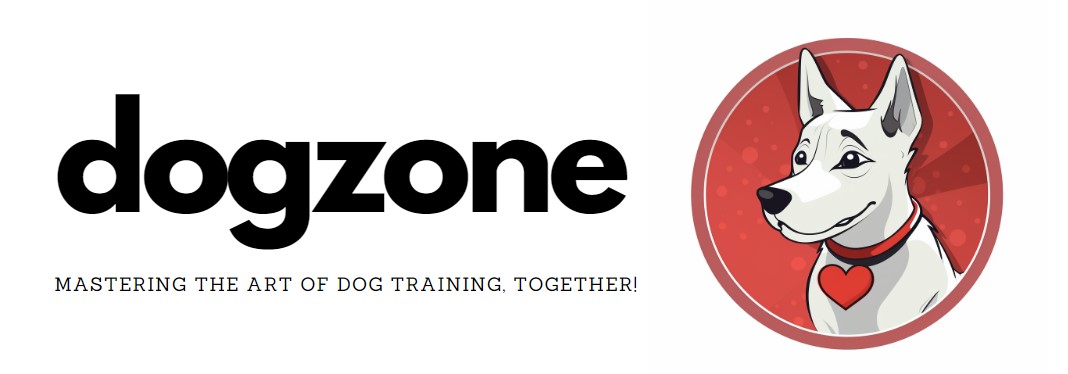
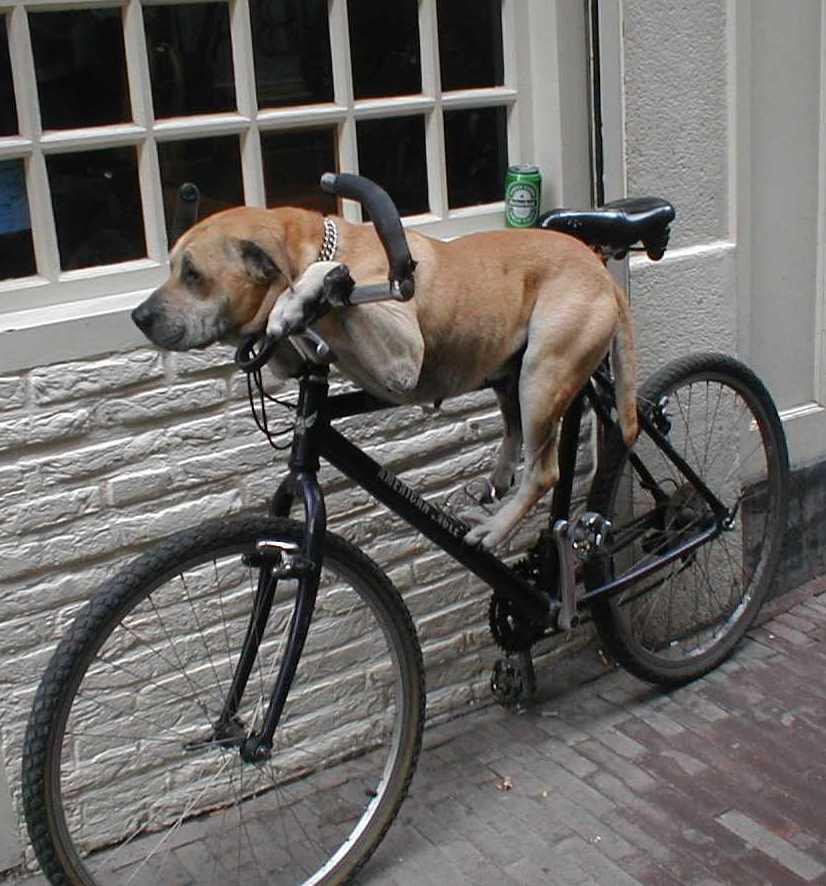

Leave a Reply